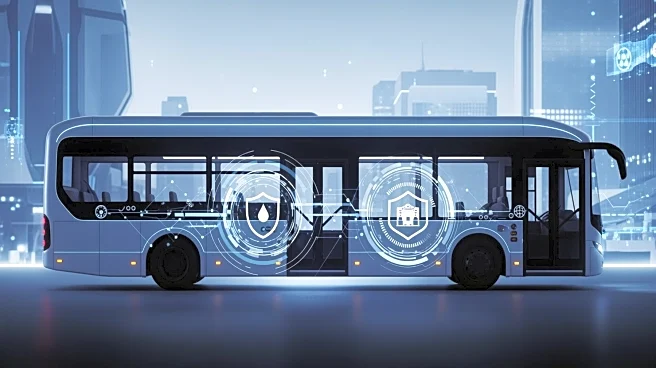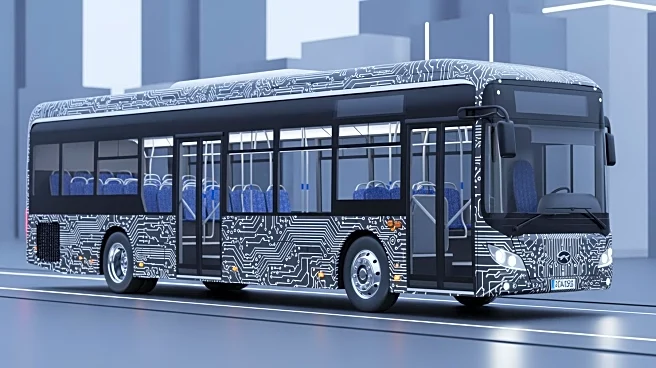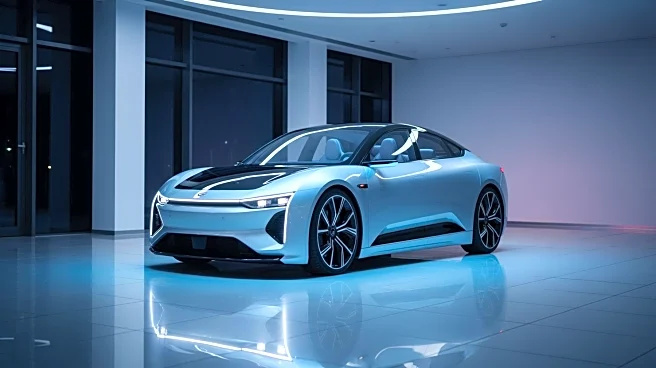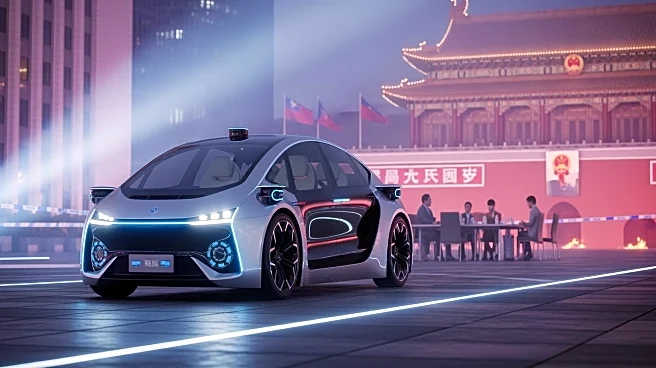What's Happening?
Denmark and Norway are investigating security vulnerabilities in their fleets of Chinese-made electric buses. The buses, manufactured by Yutong, can receive updates and diagnostic tests remotely, raising
concerns that they could be immobilized or tampered with if tensions with China escalate. This issue is part of a broader concern in Europe about dependency on Chinese technology, which has led to the removal of Huawei and ZTE 5G networks due to security fears. The market share of Chinese electric vehicles in Europe has doubled, while they remain blocked in the U.S. due to similar security concerns.
Why It's Important?
The investigation into Chinese electric buses highlights the growing unease in Europe regarding reliance on Chinese technology. This dependency poses potential risks to national security, as these technologies could be weaponized in geopolitical conflicts. The situation underscores the need for European countries to reassess their technological dependencies and consider reindustrialization to reduce reliance on China. The issue also reflects broader tensions between China and Western nations over technology and trade, impacting industries such as automotive and telecommunications.
What's Next?
European countries may implement stricter cybersecurity measures and controls on future purchases of Chinese technology. This could lead to increased collaboration with national and local authorities to establish clear cybersecurity requirements. The situation may also prompt further discussions on trade agreements and technological dependencies between Europe and China, potentially influencing future policy decisions.
Beyond the Headlines
The investigation into Chinese electric buses raises ethical and legal questions about data privacy and the control of technology. It also highlights the cultural dimension of trust in international trade relations, as countries must balance economic benefits with security concerns. The long-term implications could include shifts in global trade dynamics and technological innovation strategies.












